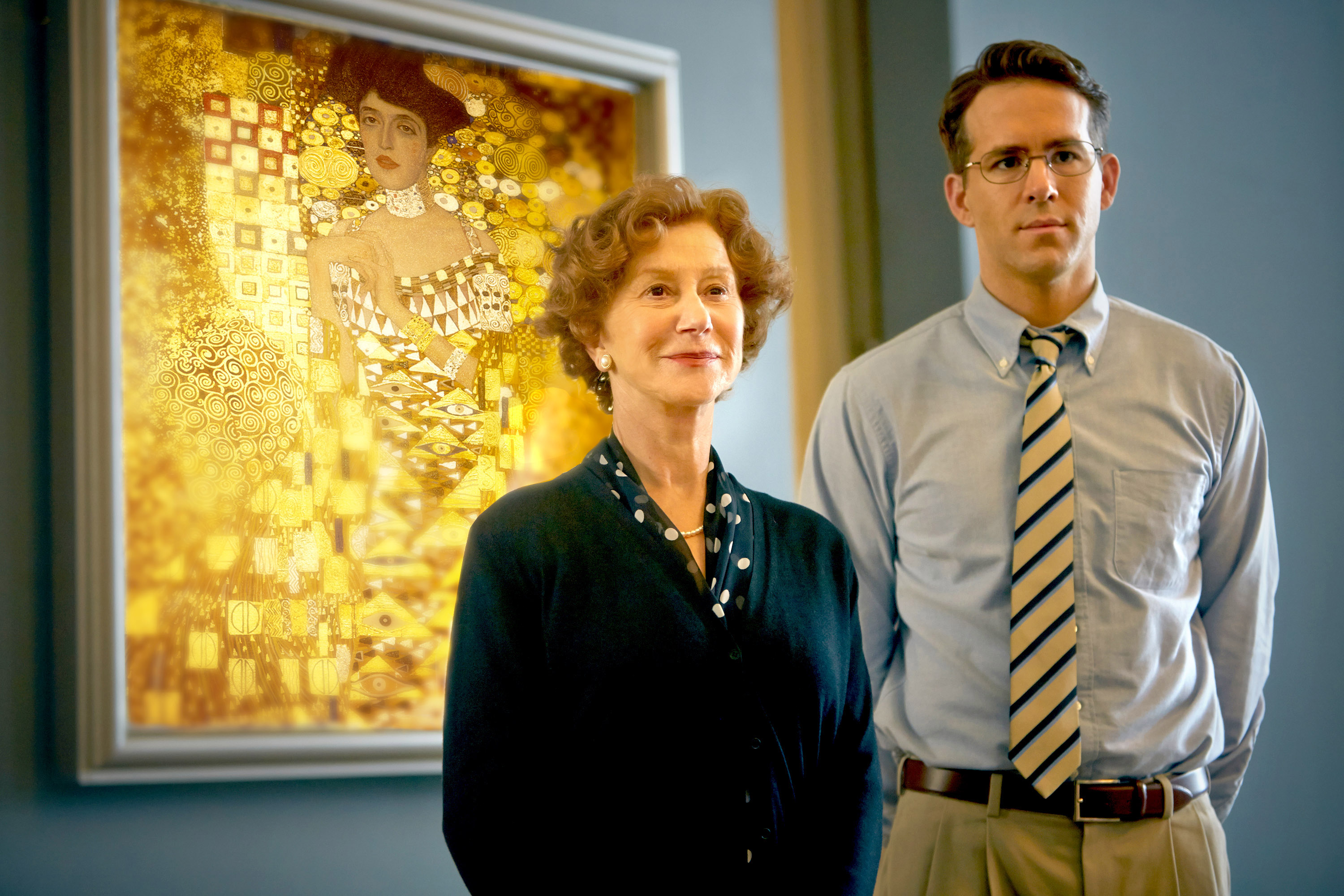'Woman in Gold" can perhaps be described as the sister film to "The Monuments Men" (2014). Both are fiction based on hard facts, and both involve the Nazi theft of major artworks during WWII. At their core is a deep love for art, and the conviction that art has an inherent power to trigger the noblest and most powerful emotions.
Where "The Monuments Men" was appropriately masculine and packed with action, "Woman in Gold" is static and involves a lot of courtroom drama. Its merits rest almost entirely on the performance capabilities of Helen Mirren, who plays protagonist Maria Altmann, who fled her native Vienna for the U.S. when the Nazis annexed Austria. When we are first introduced to Maria, she's approaching 80 and overflows with regal dignity and aristocratic snideness. She brings nuance, irony and even humor in the darkest moments of the story. Otherwise, director Simon Curtis turns what could have been a suspenseful and intimately personal story into a familiar, Nazis vs. Holocaust-victim battle. Given the historical background, this seems inevitable — yet you can't help feeling that Mirren's talents are a little wasted.
"Woman in Gold" begins with Maria at her sister's funeral in 1998, where she learns that her estranged sibling had attempted to recover their family's art collection, which included the portrait of her beloved aunt, Adele Bloch-Bauer. Memories of the years Maria spent in Vienna, until the 1938 Anschluss, come rushing back. Hers was a privileged existence in a wealthy household; her father and Adele's husband were patrons of the arts. Celebrated painter Gustav Klimt was a frequent visitor to the house, and was enamored by the charming Adele. She was the only model whom he painted twice in two separate portraits.

















With your current subscription plan you can comment on stories. However, before writing your first comment, please create a display name in the Profile section of your subscriber account page.